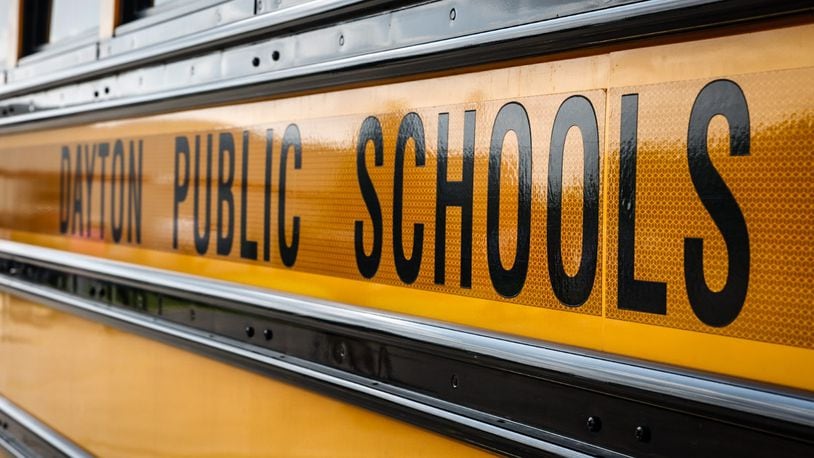The north-south change means that students who live in the north half of the district will be bused to any of the schools in the north, Lawrence said, and the same with the south. The policy change removes the four-quadrant busing system in place since 2010.
The district is also changing some bell schedules, but Lawrence said those have not yet been finalized. Some elementary school students will still be attending school at 7 a.m.
Dayton Public provides busing for students in kindergarten through eighth grade. Lawrence said there won’t be changes to the high school students’ busing next year.
Under the old quadrant system, students would only receive busing to a DPS building if they lived more than 1.5 miles from the building or had some kind of barrier in the way, like a highway or a railroad track, but they were limited to choosing buildings that within their quadrant.
Under the quadrant system, if a parent wanted to send their kid to Kiser Elementary, for example, but the family lived near Fairview Elementary, the district wouldn’t bus the student. With the north-south system, that student could switch.
“We believe in neighborhood school centers,” Lawrence said. “But we also believe in school choice.”
Lawrence said he believes parents will be more engaged with their kids’ schools, not less, with this change.
A DPS draft showed elementary schools in the north include Belle Haven, Edison, Fairview, Kemp, Kiser and Valerie. South elementary schools include Cleveland, Eastmont, Horace Mann, Louise Troy, Roosevelt, Ruskin and Westwood. Lawrence said the district didn’t anticipate making additional changes.
The middle schools assigned to the north half are Edwin Joel Brown and Wright Brothers, while Belmont and Wogaman were assigned to the south, according to the same draft.
Anyone could attend a handful of magnet schools, which include Charity Adams and River’s Edge, as well as Stivers School for the Arts.
High school students won’t be bused, but they are divided north and south, per the draft. The magnet high schools are Stivers, Pointz Career Tech and Meadowdale Career Tech, while Belmont High School is assigned to the north and Thurgood Marshall and Paul Laurence Dunbar are assigned to the south.
The changes in busing could impact more than just the drivers. Depending on the school, one building might be more crowded than others, which could impact the number of teachers assigned there.
Neil Mahoney, the president of the Dayton Education Association, the teachers’ union, said the union is concerned about overcrowding at some buildings.
“We’re trying to staff positions, but we won’t know till the first day of school the number of students who are registered,” he said.
Some buildings are already overcrowded, like Valerie Elementary in northwest Dayton. Lawrence said he is not as concerned about overcrowding at buildings and said he believes the change may even out building counts.
Mahoney said that while he’s had a good relationship with the district’s leadership, including both Lawrence and board president Will Smith, he didn’t discuss the plan with district leadership until after the quadrant system change was announced. The conversation was frustrating to him given the impact this could have on teachers.
“This is going to be rough and we’re willing to work with it, but I prefer to be proactive,” Mahoney said. “I would like to be part of the situation so that we can show them what the pitfalls may be before we step in.”
About the Author
